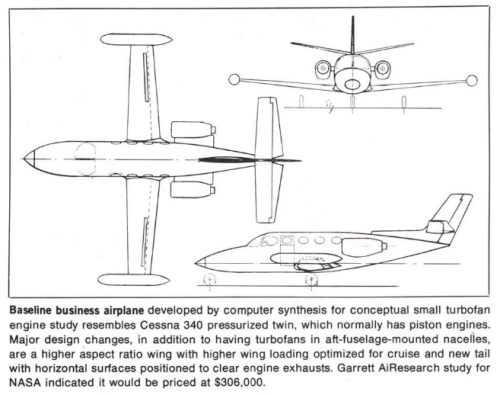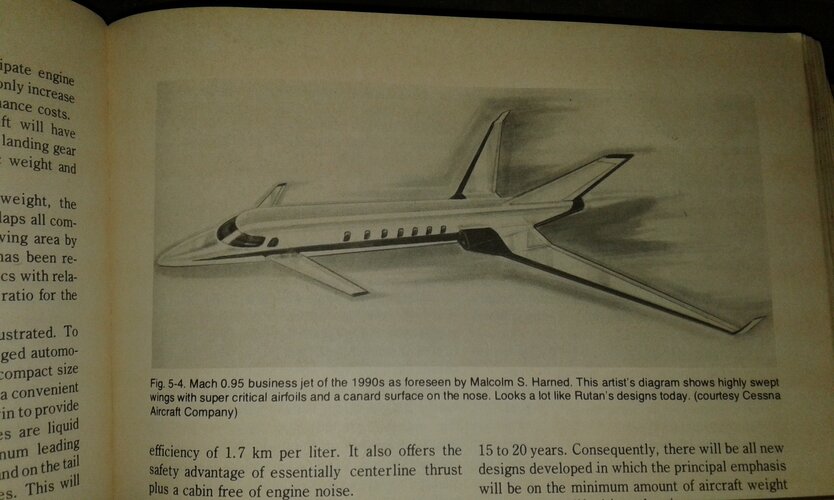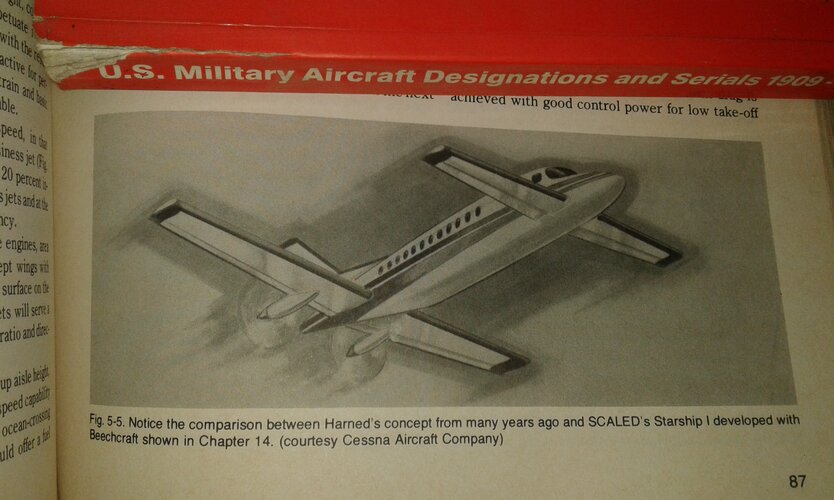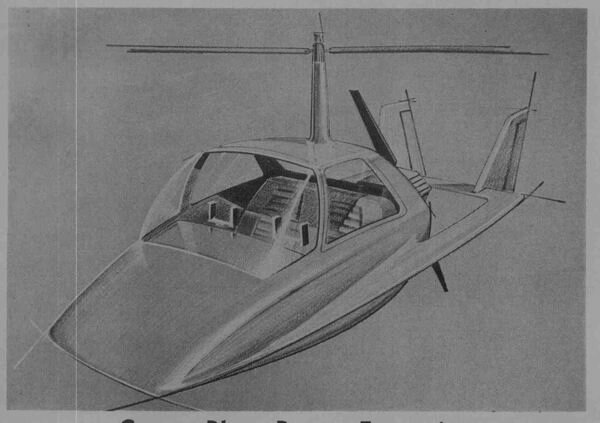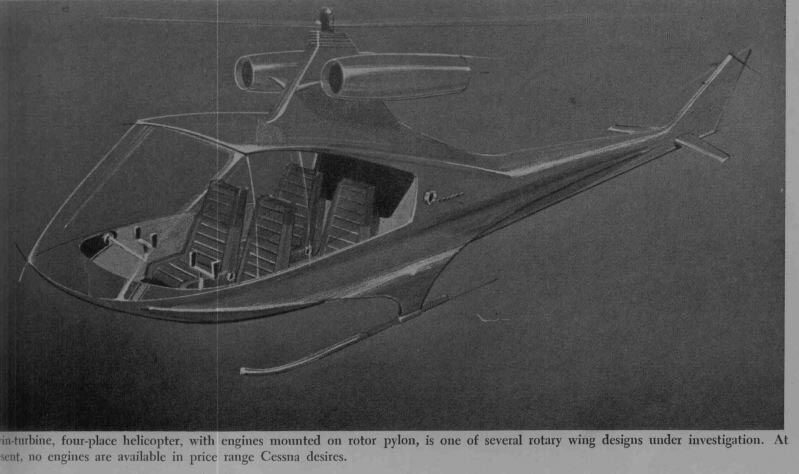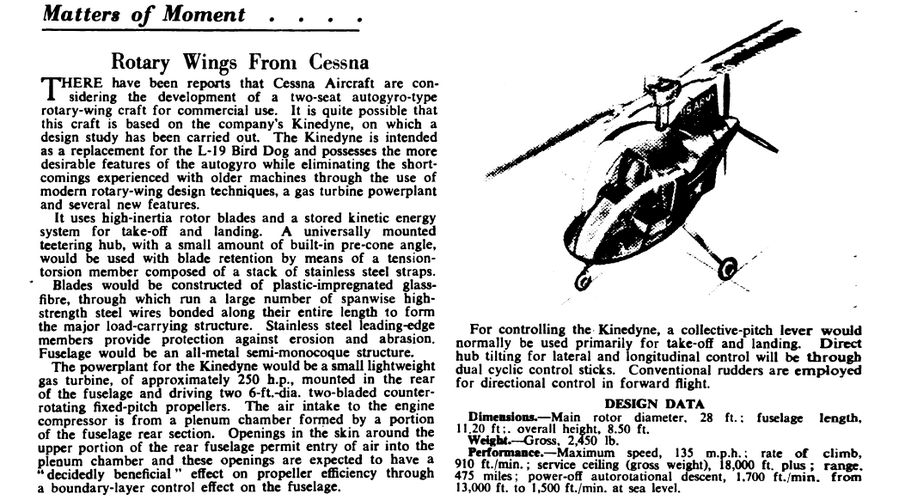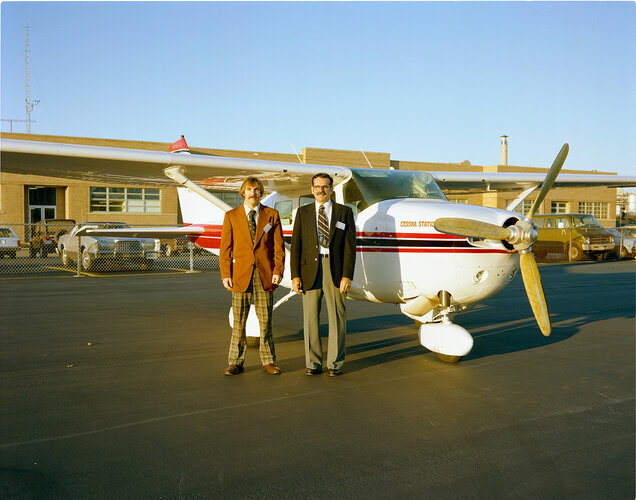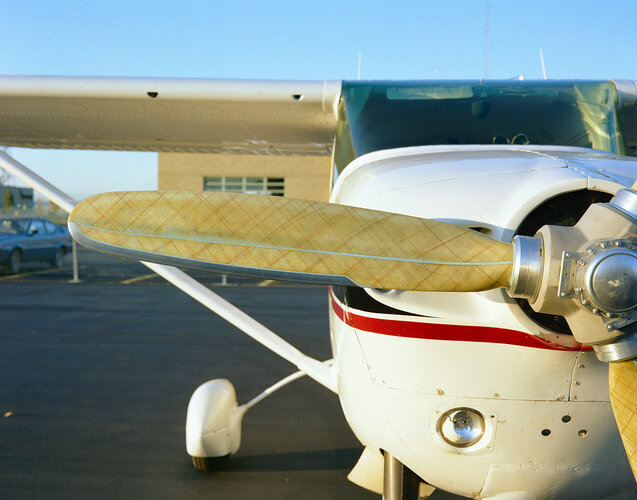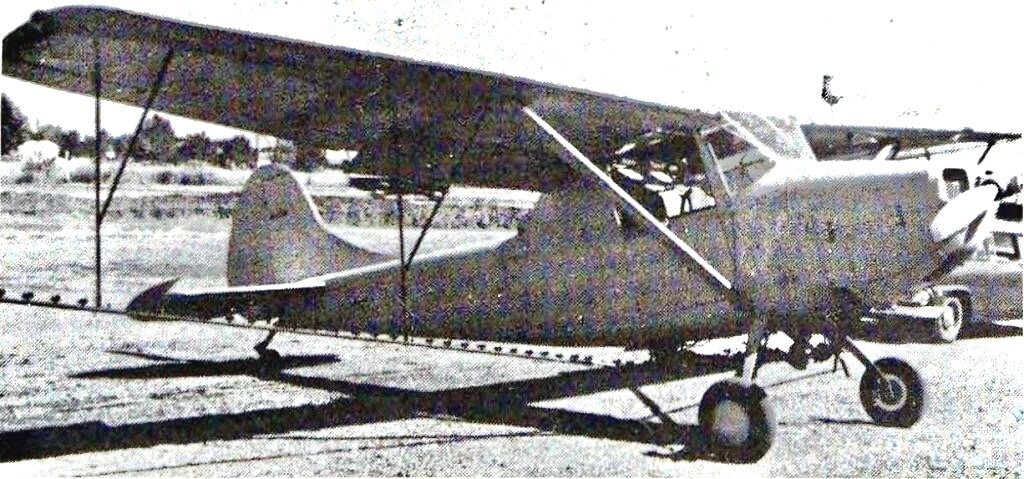You are using an out of date browser. It may not display this or other websites correctly.
You should upgrade or use an alternative browser.
You should upgrade or use an alternative browser.
Cessna Postwar Projects
- Thread starter Sentinel Chicken
- Start date
- Joined
- 25 July 2007
- Messages
- 4,297
- Reaction score
- 4,183
Basil said:So the propulsion layout was comparable to that of the Fairey Gannet.
Yes, very similar to the Double Mamba layout.
- Joined
- 11 March 2012
- Messages
- 3,244
- Reaction score
- 3,171
As an aside, Soloy built and test-flew a Cessna 208 Caravan converted to a pair of Pratt & Whitney PT6D-114 engines. They drove a single propeller via a combining gearbox (similar to Bell Twin Huey helicopter). Soloy inserted a plug to stretch the aft fuselage and balance the heavier powerplant. When the FAA insisted upon more stringent certification standards - to carry more than 9 passengers - Soloy grounded the prototype and it has not flown since 1999.
- Joined
- 26 May 2006
- Messages
- 34,810
- Reaction score
- 15,695
- Joined
- 26 May 2006
- Messages
- 34,810
- Reaction score
- 15,695
A clearer views.Two additions of not realised Cessna designs from Don and Julia Downie's "Complete Guide to Rutan Homebuilt Aircraft":
Cessna bizjet design with canards.jpg = "Mach 0.95 business jet of the 1990's as foreseen by Malcolm S. Harned. This artist's diagram shows highly swept wings with super critical airfoils and a canard surface on the nose. Looks a lot like Rutan's designs today."
Cessna turboprop pusher design with canards.jpg = "Canard design with pusher props is visualized for 1990 by Malcolm S. Harned of Cessna Aircraft Company."
Attachments
- Joined
- 26 May 2006
- Messages
- 34,810
- Reaction score
- 15,695
Hi,

 www.redbackaviation.com
www.redbackaviation.com

Air Progress 1962 Helicopters
Being that the driving force behind many aircraft was the military, we take a now and then look at military helicopters and VTOL craft.
 www.redbackaviation.com
www.redbackaviation.com
Attachments
Orionfield
ACCESS: Restricted
- Joined
- 6 June 2019
- Messages
- 20
- Reaction score
- 20
Trying to find some more information on the 327. Would anyone happen to know how long it was? All I can find is the wingspan measurement.
- Joined
- 11 March 2012
- Messages
- 3,244
- Reaction score
- 3,171
Cessna 408 Sky Courier light twin received FAA type certification in March 2022. But we don't expect it to remain a secret project as FedEx Express had already ordered 50 for its parcel business with options for many more. Sky Courier is powered by a pair of Pratt & Whitney PT6A turbo-prop engines and its cabin is optimized for a trio of LD3 baggage containers - weighing up to 6,000 pounds - to speed loading. A passenger version will hold 19 passengers for short hops. Think of Sky Courier as the bigger brother of Cessna's 208 Caravan, single-turboprop courier airplane.
Cessna is also quietly working on their Denali, pressurized, single-turboprop that will will compete with Pilatus PC-12 executive transport.
Cessna is also quietly working on their Denali, pressurized, single-turboprop that will will compete with Pilatus PC-12 executive transport.
- Joined
- 26 May 2006
- Messages
- 34,810
- Reaction score
- 15,695
Here are some more Cessna projects, shown in Aviation Week 11/1961.
Sorry for the bad quality, the white line drawings on black background
were hard to scan.
In Bernard Collection,the Kinedyne was also called at first CH-2 as early concept,so may
it was one those,which my dear Jemiba shared them.
From Aeroplane 1961.
Attachments
- Joined
- 25 June 2009
- Messages
- 14,726
- Reaction score
- 6,060
Scott Kenny
ACCESS: USAP
- Joined
- 15 May 2023
- Messages
- 11,327
- Reaction score
- 13,809
Why on earth would they even bother with that? The -114 engines are ~700hp each, if you need 1400hp use a PT6-68!As an aside, Soloy built and test-flew a Cessna 208 Caravan converted to a pair of Pratt & Whitney PT6D-114 engines. They drove a single propeller via a combining gearbox (similar to Bell Twin Huey helicopter). Soloy inserted a plug to stretch the aft fuselage and balance the heavier powerplant. When the FAA insisted upon more stringent certification standards - to carry more than 9 passengers - Soloy grounded the prototype and it has not flown since 1999.
That's weird, almost looks like a Hydromatic prop hub from WW2...A Cessna 206 Stationwagon fitted with a very unusual three-blade propeller.
Origiinal high-res photos HERE.
Scott Kenny
ACCESS: USAP
- Joined
- 15 May 2023
- Messages
- 11,327
- Reaction score
- 13,809
Right, but there's no counterweights on the prop blades. The Hydromatic prop hub works, but it's heavy.Definitely variable pitch, and those blades are kevlar composite of some sort . . .
cheers,
Robin.
Maveric
Fight for yor Right!
- Joined
- 14 January 2007
- Messages
- 2,227
- Reaction score
- 851
Has anyone found a photo of a Cessna 325 over the years?Hi Stéphane
Cessna 325 photo.
Sorry I cannot make scans at the moment (my machine room started a life of its own), but there is a picture of the Model 325 in "Wings of Cessna" by Edward H. Phillips, Page 64. According to the accompanying text four Model 325s were built (two in 1953 and two in 1956) and that this Cessna ag-plane model was largely based on the Model 305 (L-19).
Regards, Walter
fabulousfour
ACCESS: Confidential
- Joined
- 20 October 2009
- Messages
- 74
- Reaction score
- 134
fabulousfour
ACCESS: Confidential
- Joined
- 20 October 2009
- Messages
- 74
- Reaction score
- 134
I think, this is the right thread to post this.
An artist impression how the Cessna 303 could/should have looked like. The picture comes from Flying 2/1978.

The second photo shows the very different prototype of the Model 303. This photo was posted years ago as a quiz at the key-forum by our dearly missed walter:
Link
The series production of the Cessna 303 again looked very different.

An artist impression how the Cessna 303 could/should have looked like. The picture comes from Flying 2/1978.
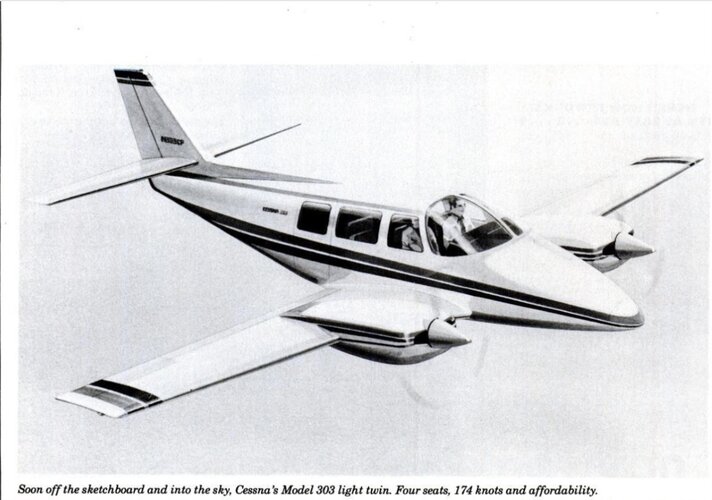
The second photo shows the very different prototype of the Model 303. This photo was posted years ago as a quiz at the key-forum by our dearly missed walter:
Link
The series production of the Cessna 303 again looked very different.
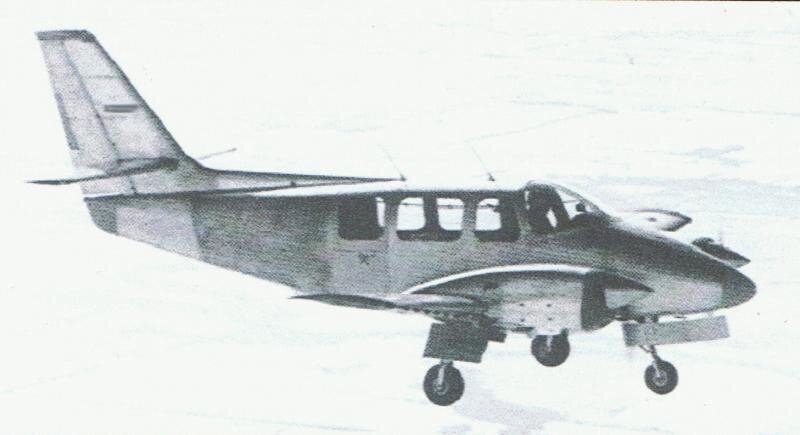
- Joined
- 25 June 2009
- Messages
- 14,726
- Reaction score
- 6,060
Nice pics, thanks, though I do not see the actual aircraft as being so "very different" from the artist's concept.The second photo shows the very different prototype of the Model 303.
Scott Kenny
ACCESS: USAP
- Joined
- 15 May 2023
- Messages
- 11,327
- Reaction score
- 13,809
There's a reason all purpose-built Ag planes look the same. Hopper tank IN FRONT OF the cockpit, else the pilot is crushed when he crashes on takeoff.Here you go.
The picture is from „Wings of Cessna“ page 64, according to the book this is the prototype of the Cessna Model 325 with a hopper tank behind the front seat and sealed aft windows.
- Joined
- 6 November 2010
- Messages
- 5,244
- Reaction score
- 5,467
Most, but not all.

 en.wikipedia.org
en.wikipedia.org

And its development...

 en.wikipedia.org
en.wikipedia.org

Fletcher FU-24 - Wikipedia

And its development...

PAC Cresco - Wikipedia
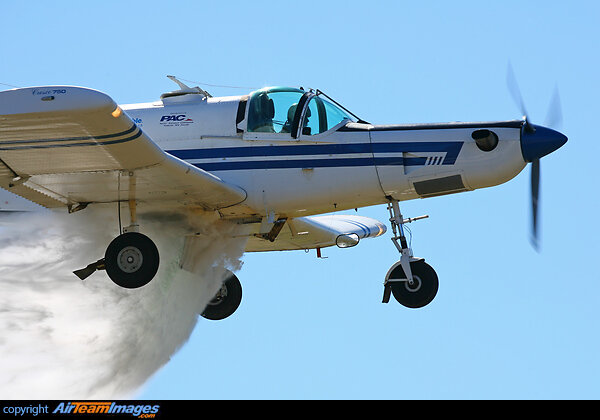
fabulousfour
ACCESS: Confidential
- Joined
- 20 October 2009
- Messages
- 74
- Reaction score
- 134
Not to forget the „famous“ Auster Agricola or the Rawdon T-1SD. 
But perhaps the position of the hopper tank contributed to their failure.
But perhaps the position of the hopper tank contributed to their failure.
Similar threads
-
-
Cessna Model-600 Citation III with three engined
- Started by hesham
- Replies: 2
-
-
Kayaba's Cessna-based « Heliplane » compound helicopter
- Started by Stargazer
- Replies: 7
-


